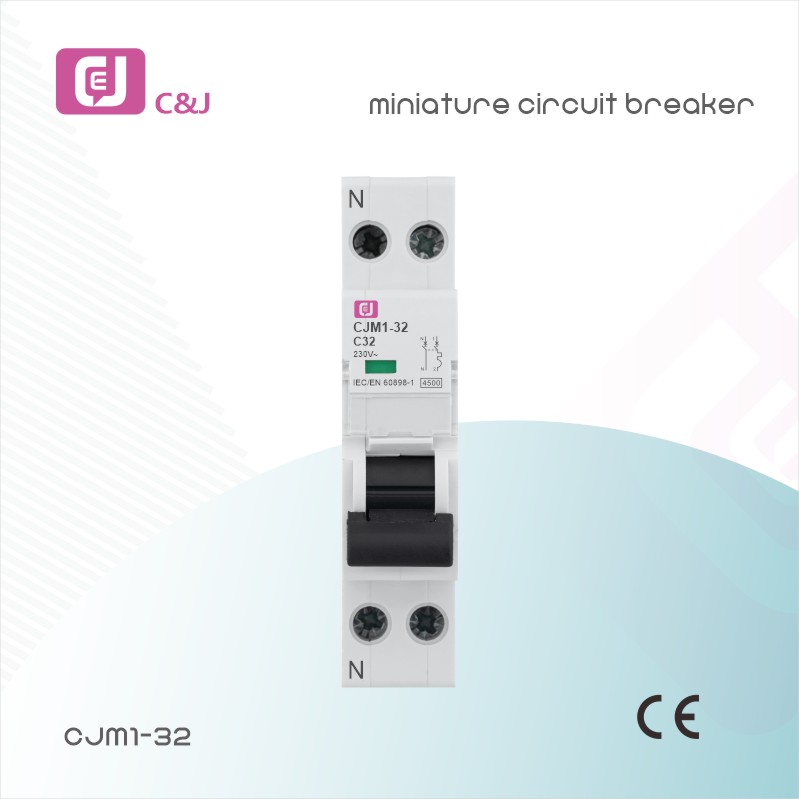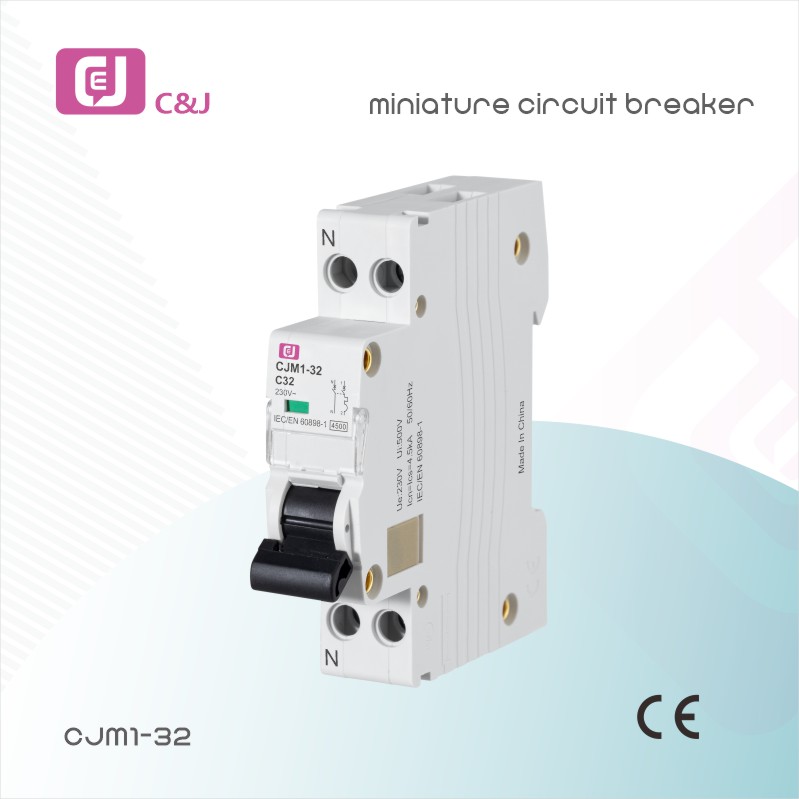Understanding MCCB and MCB: Main Differences and Applications
In the fields of electrical engineering and circuit protection, two terms are often used: MCB (miniature circuit breaker) and MCCB (molded case circuit breaker). Both devices perform the critical function of protecting circuits from overloads and short circuits, but they differ significantly in their design, application, and operational capabilities. This article aims to clarify the differences between MCBs and MCCBs, helping you understand when and why to use each.
What is MCB?
A miniature circuit breaker (MCB) is a compact device used to protect electrical circuits from overloads and short circuits. MCBs are typically used in residential and commercial applications with relatively low current ratings, typically ranging from 0.5A to 125A. When the current exceeds a predetermined level, the MCB automatically trips, preventing potential damage to the circuit and connected equipment.
Miniature circuit breakers (MCBs) offer fast response times, which is crucial for minimizing damage caused by faults. They are also resettable, meaning once the fault has cleared, the MCB can be easily reset without replacement. This feature makes MCBs a popular choice for protecting lighting circuits, power outlets, and small appliances.
What is MCCB?
Molded case circuit breakers (MCCBs), on the other hand, are more rugged and designed for higher current applications, typically ranging from 100A to 2500A. MCCBs are commonly used in industrial and commercial environments with heavy electrical loads. They provide overload, short-circuit, and ground-fault protection, making them suitable for a wide range of applications.
Molded case circuit breakers (MCCBs) feature adjustable trip settings, allowing users to tailor the level of protection to the specific requirements of the electrical system. This feature is particularly useful in industrial environments where equipment current demands may vary. MCCBs also often include advanced features such as remote monitoring and communications, enhancing their functionality in complex electrical systems.
Key differences between MCB and MCCB
1. Current Rating**: The most significant difference between MCB and MCCB is their current rating. MCB is suitable for lower current applications (up to 125A), while MCCB is suitable for higher current demands (100A to 2500A).
2. Adjustability: MCBs have fixed trip settings, whereas MCCBs offer adjustable trip settings, allowing for greater flexibility in protecting the circuit.
3. Application: MCBs are primarily used in residential and light commercial applications, whereas MCCBs are designed for industrial and heavy commercial use, which involve larger loads and more complex systems.
4. Size and Design: Miniature circuit breakers (MCBs) are generally smaller and more compact than molded case circuit breakers (MCCBs), making them easier to install in limited spaces. Molded case circuit breakers (MCCBs) are larger, require more space, and are typically installed in switchgear assemblies.
5. Cost: Miniature circuit breakers (MCBs) are generally less expensive than molded case circuit breakers (MCCBs), making them a cost-effective solution for smaller applications. However, their increased functionality and performance make them a worthwhile investment in larger, more demanding environments.
In summary
In summary, miniature circuit breakers (MCBs) and molded case circuit breakers (MCCBs) both play a vital role in circuit protection, but their applications and capabilities vary significantly. Understanding these differences is crucial for selecting the right device for your specific needs. Whether you’re protecting a small residential circuit or a large industrial system, choosing the right circuit breaker ensures the safety, reliability, and efficiency of your electrical equipment. Always consult a qualified electrician or electrical engineer to determine the best solution for your specific situation.
Post time: Aug-26-2025




